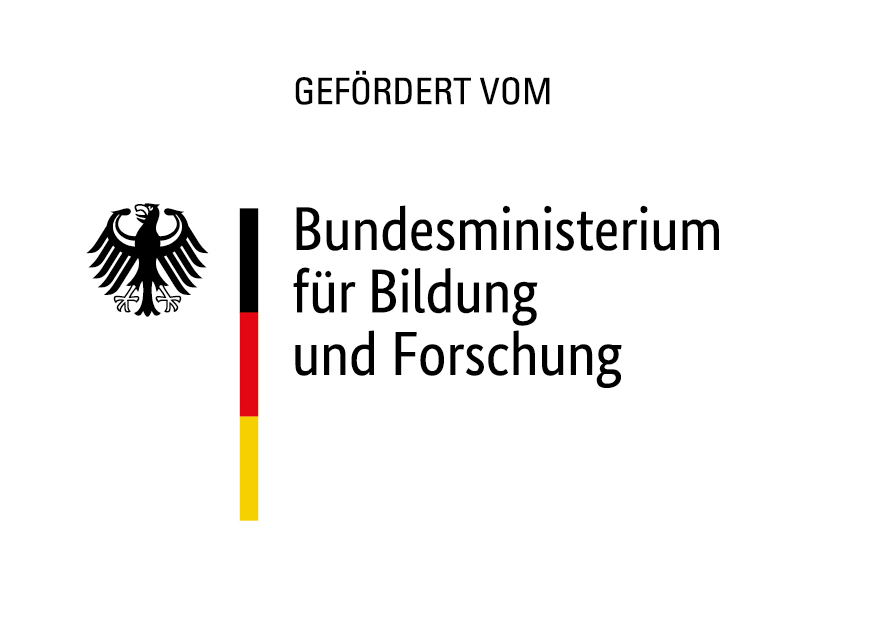Zusammenfassung
Federal surveys often pledge that personally identifiable information (PII) will be used for statistical purposes only and that the willful disclosure of PII by employees who have been sworn to confidentiality is subject to penalties. In 2015, the passing of the Cybersecurity Enhancement Act required the Department of Homeland Security (DHS) to monitor federal computers for cyber threats. Since DHS personnel are not bound to the confidentiality pledges used by the statistical agencies, the question became how to inform respondents about these changes without alarming them and harming response rates. This paper reports on an experiment conducted in a survey of public-school principals with a simple random sample (n = 4,122). The experiment examined differences in response rates across three versions of pledges disclosing the cybersecurity monitor: one pledge specified explicitly the role of DHS, one referred to the monitors as “Federal employees and contractors,” and a control version referred implicitly to DHS monitors via a legal citation. Half of the pledges included the penalty language, and the other half did not. There were no statistically significant differences between any of the experimental comparisons. We conclude that, of the pledges studied, the DHS version of the pledge with penalty language provides respondents with the most accurate information for deciding whether to participate in the survey without harming response rates.https://doi.org/10.1093/jssam/smac009



